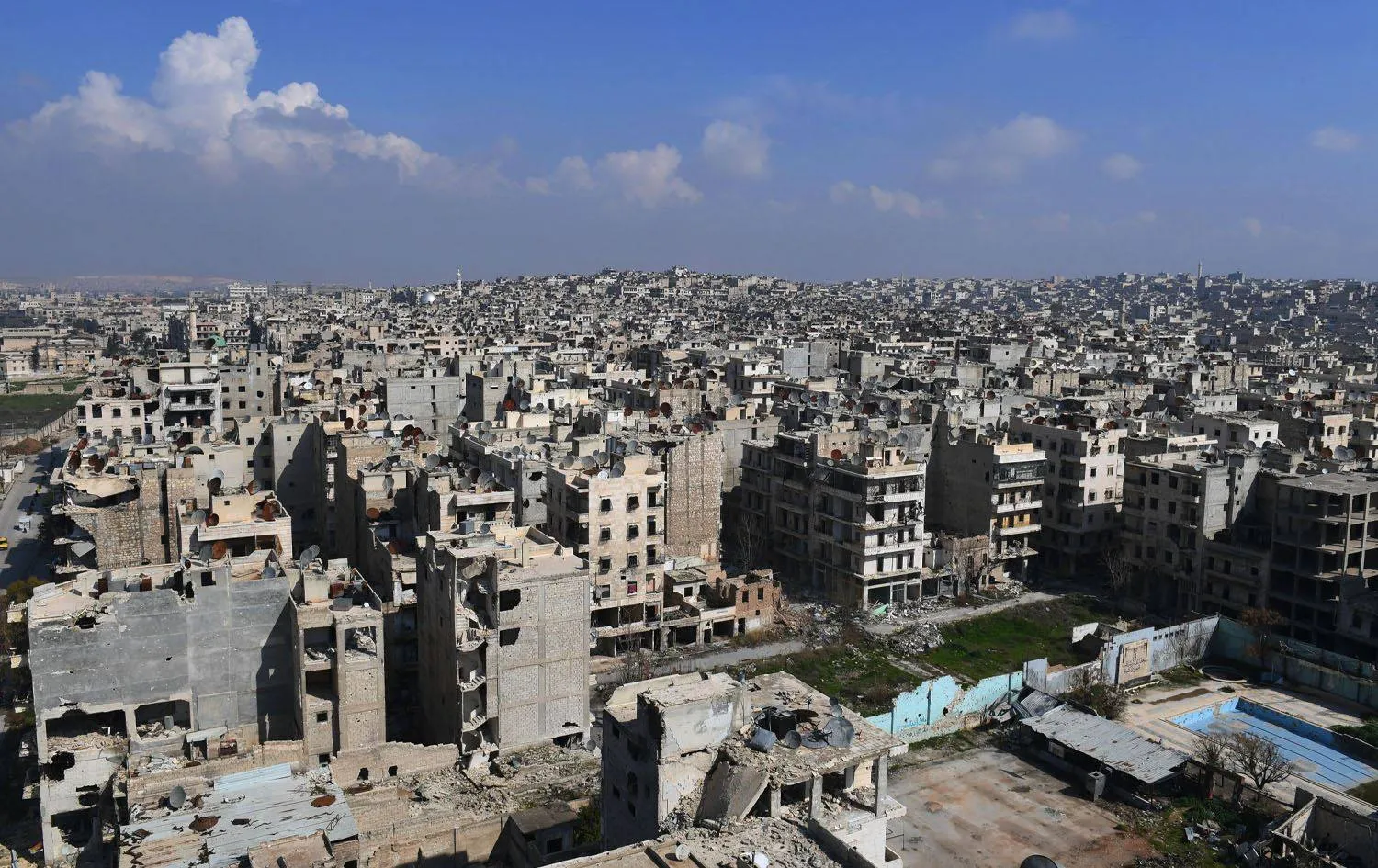Turkish President Recep Tayyip Erdogan announced that Türkiye is planning to ensure the return of about one million Syrian refugees back to their home country.
The return of refugees to their homeland will continue as security and stability continue to be restored in Syria, he added. “So far, more than 600,000 displaced people have returned to the country, and we plan to ensure the return of one million refugees,” Erdogan told a graduation ceremony in Ankara.
He warned that the return of refugees would take more time if terrorist attacks in Syria and Iraq continue.
"We are constructing around 500,000 houses in northern Syria, and the decent and voluntary return will increase as stability is established."
Erdogan revealed that nearly 600,000 refugees have returned to regions cleared of terrorism in northern Syria.
The president underlined a plan to send back 240,000 families, roughly one million Syrians, through a housing project that Türkiye had kicked off two months ago.
Moreover, he criticized the opposition’s approach to the refugee issue, arguing that the fight against terrorism is key to resolving the crisis.
Erdogan added that Türkiye is purging areas in the east and southeast from terrorists and it has defeated the “terrorist” Kurdistan Workers' Party not only in Türkiye, but in Iraq and Syria as well.
Meanwhile, Türkiye has stepped up efforts against illegal migration in major cities, especially Istanbul. In two months, 36,000 illegal migrants were arrested and 16,000 were deported, added Erdogan.
Syrian civil organizations have expressed “serious concern over the recent decision by the Turkish government to forcibly return Syrian refugees to northwestern Syria.”
In a joint statement, Baytna, Free Syrian Lawyers Association, Lawyers & Doctors for Human Rights, Syrian Network for Human Rights, Syrian British Consortium, Syrian American Council, and The Day After warned that such a decision violates the principle of non-refoulement, which is enshrined in international law.
“According to the UN Refugee Agency (UNHCR), 3,329,516 Syrian refugees are present in Türkiye as of July 13, 2023.”
The statement criticized blaming refugees “for economic and social challenges that have been escalating since before they even came to the country.”
“Governments and opposition parties commonly lay the blame for problems affecting their countries at refugees’ feet, making false statements and promises in elections, such as claiming that deporting hundreds of thousands of refugees would improve the economic situation. This was the case in Türkiye’s most recent general elections.”
The statement added that the fallout of these elections is still being felt, “most palpably in June and July, with the crackdown on Syrian refugees intensifying in many Turkish provinces, most notably Istanbul. During this period, hundreds of Syrian refugees have been detained and subsequently deported.”
“According to accounts from refugees who have been forcibly repatriated from Türkiye to Syria, the crackdown campaigns are targeting Syrian refugees who have failed to obtain official documents that legally justify their presence in Türkiye, as well as Syrian residents who failed to renew their residency or the holders of temporary-protection documents who are found in provinces other than those for which their temporary-protection document was issued.
Most of those detained for deportation were transported by the Turkish police to deportation centers affiliated with the country’s Department of Immigration found across Türkiye, which in turn arranged these individuals’ transportation to the Turkish-Syrian border crossings. These crackdowns have also involved many other violations such as beatings, insults, and not affording them the right to hire a defense attorney or to appeal their deportation rulings.
Minister of Interior Ali Yerlikaya refuted on Wednesday claims about the deportation of Syrian refugees who are holders of the “Kimlik” temporary protection card from Türkiye.









